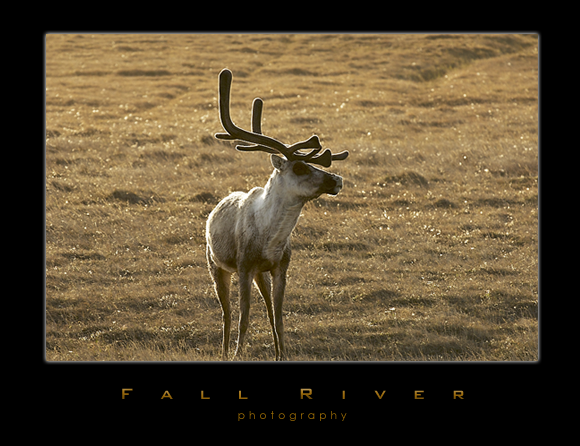Gavia stellata: Red-throated Loon
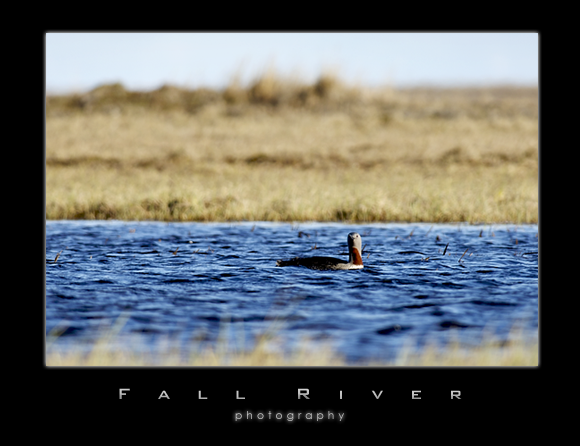
The ponderously beautiful Red-throated Loon is the smallest member of the loon family. It also has some capabilities that are unique to this loon. While the larger loons can require up to a 100 meter running start to get air born the Red-throated loon requires much less and can actually lift off from land. The mating pairs also engage in a unique duet of calls as opposed to a singular territorial yodel of its male cousins. The Red-throated loon of the North American variety primarily breeds in coastal tundra habitat which puts it out of contact with most people so it is a relative unknown. It is an incredibly beautiful loon and a pleasure to watch. This female scooted back and forth across this pond enjoying the late evening Arctic sun and did not seem to mind me too much. I made her a little nervous initially but she quickly got over it. I am glad she did.
Arctic Loon
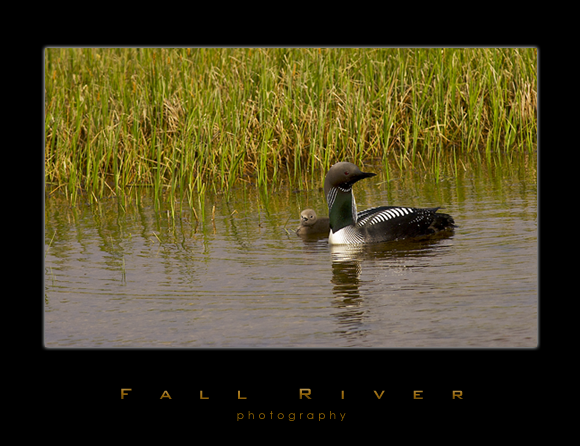
The Arctic Loon has a distinguishing “greenish” iridescent patch on its foreneck that most of the time looks black. From this angle you can see the green. The little chick is all fluffy brown down though at the moment. After being born the chicks down can actually get water logged and they will jump up on Momma’s back for a ride while they dry out. This little guy seemed pretty well on his way to adjusting to his future on the water. He still cannot dive though, too buoyant. When mom or dad dives under he sticks his head down and tries to give chase but just pops right back up like a little cork.
Chicks
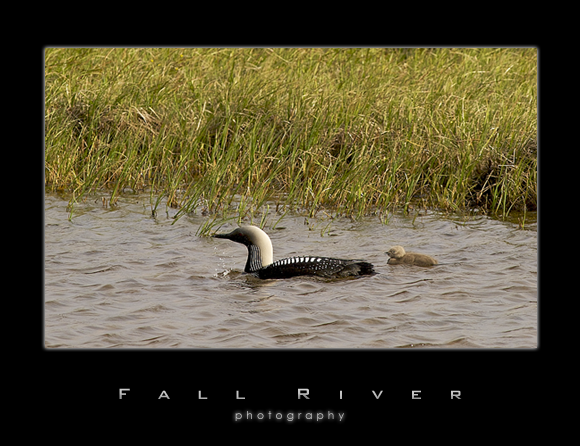
Everybody loves chicks. Loon Chicks are a special treat, and Arctic Loon chicks are too cool. I found this mom and chick squirting around a little pond of water and after some initial hesitation they relaxed and let me observe and photograph. Arctic Loons are an absolutely beautiful bird and I did not realize that they actually can have a very dark green neck, only when the sun hits them just right does it appear anything other than black. This little chick was having a pretty good time but it must have been fed earlier, the day before both mom and dad were working lunch duty, today the action was not so feverish. The little chick had been swimming in between the two of them and just turning its head from one to the other to get whatever it was they were getting from the bottom. Good times.
FoxTails
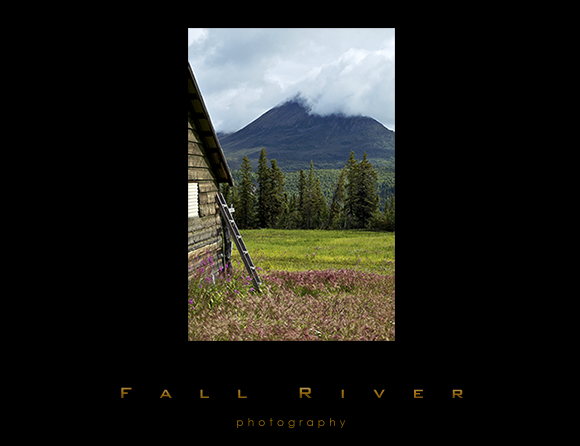
I love these foxtails. They are so beautiful in their color and the way they sway in the wind and catch the summer light. The Wrangell Mountains were peeking out behind some very thick cloud cover prior to it raining. This is a nice little settlement at the end of the Nebesna Road. From here it is about 6 miles to an abandoned mine that makes for a great little day hike.
Gold Mint
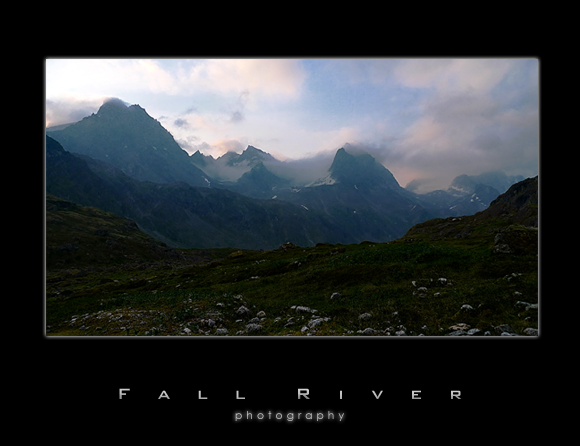
Alaska can be a very inhospitable place so it never ceases to amaze me at the toughness of the Alaska miners. The 1870’s saw the first gold rush to south east Alaska in the Harris Mining District of which the town of Juneau was the center of. As the new century approached gold deposits were being found further north including gold on the beaches of Nome. These findings initiated a true gold rush to Alaska which in turn built the cities that we have now. It is important to note that without the gold rushes, the American West would have settled at a much slower pace and the development of this country would have taken an entirely different route. Additionally the gold made the U.S. one of the richest nations on earth which provided the impetus for our government to become a leader on the world’s political stage as still a very young nation relative to the European countries abroad. There was a heavy price to pay for this gold though as new starry eyed miners noted that the summer was rather short and the winters, well they come fast and hard, especially in the mountains.
The Common Blue Bell
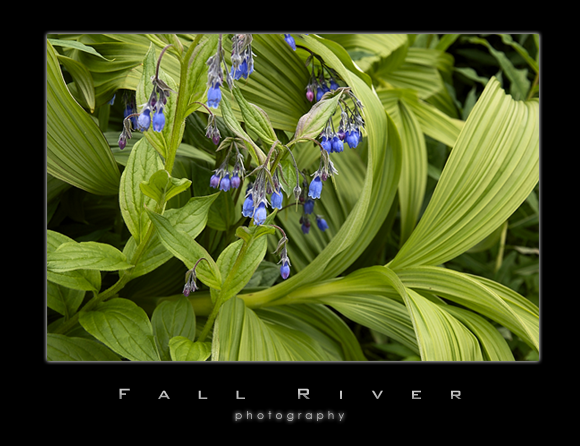
Here in Alaska the Common Blue Bell is a little later getting started than elsewhere but comes on strong. Although the name identifies it as a common plant, its beauty is rather uncommon in my opinion. Other parts of the country have seen this little beauty come and go in May but here in Alaska we are just getting going around the end of June. This set is sharing some time with a Corn Lilly in the Hatcher Pass area, a popular place outside of Anchorage for recreating, blue berry picking, and wildflower viewing.
Gold Mint Valley
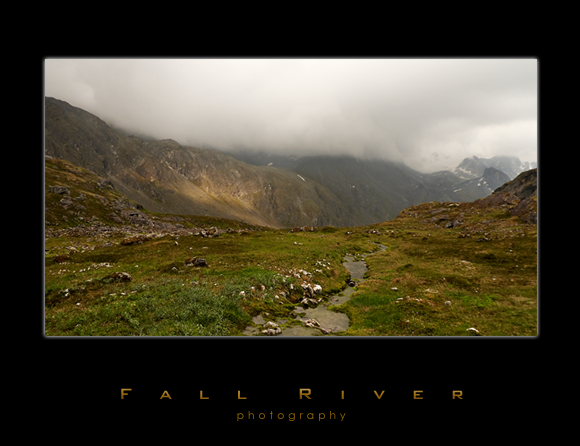
According to paper work filed with the Alaska Department of Natural Resources J.B. Hatcher is credited with the discovery of the Gold Mint group of veins in the Hatcher Pass area. Two veins, an upper and lower were located and the upper was worked by Hatcher for a time. Somewhere along the way Hatcher sold out to Mr. Doyle of the Doyle Mining group and he proceed to build a stamp mill and tram lines to both the upper tunnel and the lower tunnel for processing. The lower vein is reported to have yielded $50 to $100 per ton in gold (~ 1910). The mines went idle again in 1931 following the stock market crash until May in 1938 as America was pulling herself out of the Great Depression. Mr. Fred Johnson resumed operations in the Gold Mint group with the hope of work and the gleam of gold in his eye. With three aerial trams utilizing five hundred pound buckets on up to 1800 feet of cable, a good working crusher with 10×12 inch jaws, and a 54 inch pelton water wheel generating power he went to work on the lower vein. The camp consisted of a bunk house, cook house and other small buildings that were considered in good repair.
Today, you cannot find any of these items in the Valley below the Mints, but you can find solitude, golden sunsets, roaring falls, and alpine lakes and tarns. Oh, and some pretty decent climbing is rumored to be in the area….
Mint
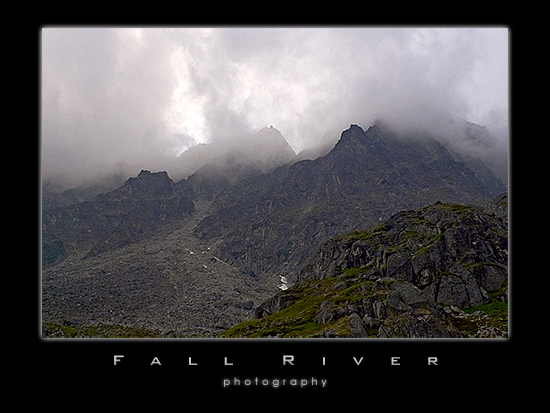
I headed out into the Talkeetnas’ to scout some photographic locations and I think I may have found some. The weather has been hot and dry and the hike in was a boiler but by the time I got up top some minor thunderstorms had moved and it started to rain. No big deal, set up the tent wait it out. After the weather several of these were out to play. This lasted for about an hour before I was smack in the middle of a REAL thunderstorm right on top of me that lasted for about an hour. No harm no foul, but that lighting was, um, really, really close…
Lupines

Lupines. Alaska is full of these beautiful flowers everywhere it seems. They are usually the first out for spring and they just light up the roads with their awesome beauty. The wildflower season is just heating up.
On the Way to Hope 2
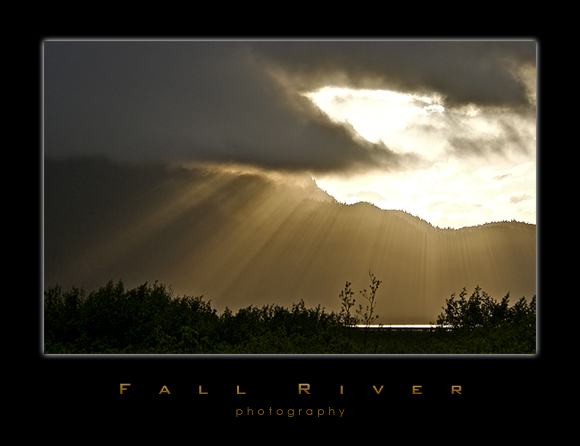
If you are lucky you could see this too. We were heading down to Hope and as we made our way down Turnagain Arm we could see this developing on our left hand side. We motored around the end of the Arm and we were heading up toward the mountains and the sky just opened up and the sun came pouring through. The light didn’t last long but it was enough to get the day started off right!
Great 4th!
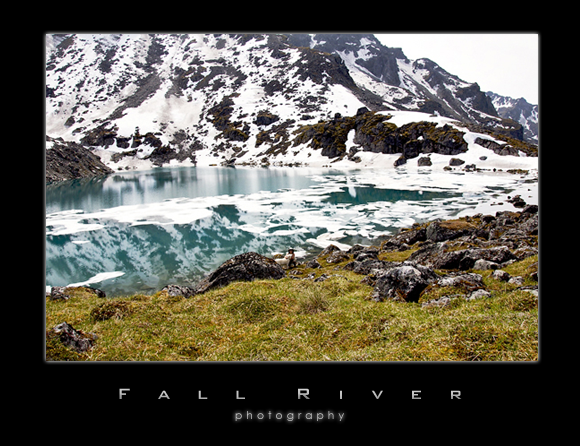
Hope you all had a great 4th of July! We had absolutely great weather and saw some great country. We spent the day up on Dog Sled Pass and had an amazing time. Our town had it’s parade and BBQ’s and everyone was out at the Lake like they were down south somewhere! It is hot and dry for Alaska right now so we have some fire haze…from 60 something fires burning right now. Most are small and are being allowed to burn naturally, a couple are being fought but nothing is really big, let’s hope it stays that way.
On the way to Hope
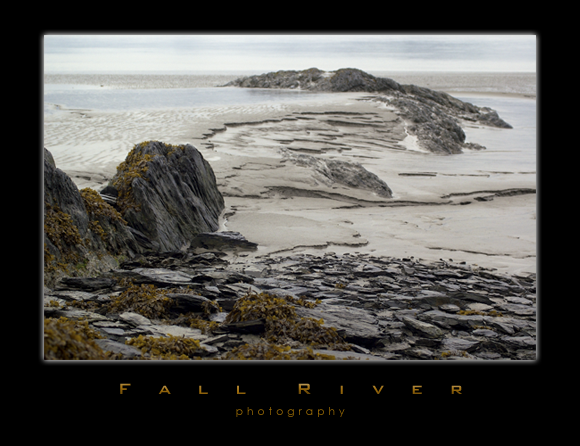
Hope Alaska sits nestled in a notch on Turnagain Arm about 1.5 hours south of Anchorage. The drive there takes you along the waters of Turn Again and it is spectacular. The tides in Turnagain Arm are the second swiftest tides in the world and when they go out it is like draining a bathtub. In 1888 old man Alexander King rowed a dory up the Cook Inlet into the Turnagain Arm and beached on the south shore. Two years later he rowed out with four pokes of gold, and became a man of great interest. By 1895 five mining partners on Sixmile Creek were spending their 40K in gold around Seattle and suddenly The Rush was on. Three thousand people headed to Sixmile Creek in 1896 and Hope City got its when the miners decided to name the town after the next person that got off the boat – that was Percy Hope – 17 year old prospector extraordinaire.
Alone Across Alaska
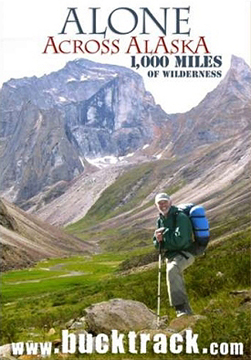
Now here is a great resource for seeing what Alaska back country hiking is all about. Buck Nelson traverses the Arctic on foot and by raft and takes you along with him on the journey. If you want to see the Brooks Range and get some beta on a trip you have been dying to make then you will want this video. If you are undecided about making a trip to the Brooks Range well, this will get you off the fence so get out the check book, the maps and pop in this DVD. Buck’s site has links to air taxis’, gear list for this trip, maps, and a discussion board that you can ask him questions on. Buck is a great guy and will tell you everything he knows. Steve Howe reviewed this in Backpacker Magazine a couple of months back too if you need another source (www.backpacker.com). Here’s the link, come on up…http://www.bucktrack.com/Alaska_Brooks_Range_Traverse.html
Money to Burn

Paxson (on the Denali Hwy) is not a big place but it has food (heard it’s very good) and you can buy firewood here. You might want to consider it as dead wood is scarce and it’s nice to have a campfire, of course it must be in an approved fire ring. Five bucks a bundle, but on the plus side…it looks good and it burns well…
I love Alaska, it’s so colorful.
Just Ducky
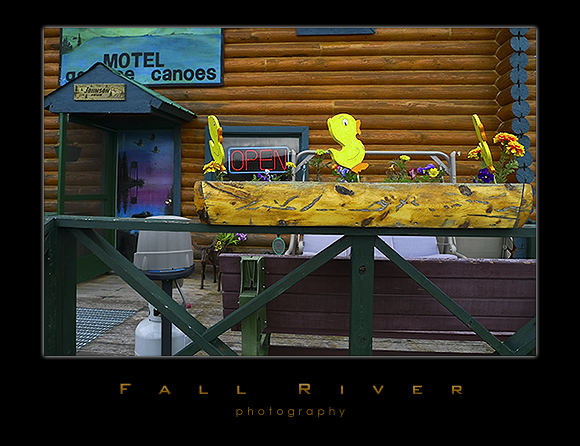
There are indeed limited services on the Denali Highway but it is not completely devoid of support. There is a rather nice little restaurant – gas station – gift shop right up the road from the Tangle Lakes campground. Don’t count on it for bare groceries but if you need a helicopter ride they can help you out.
To Cantwell
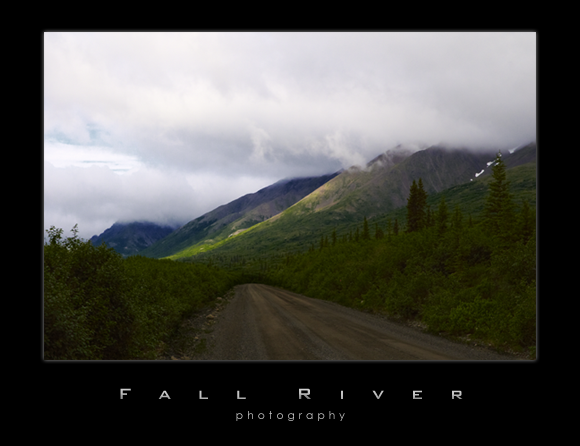
The Denali Highway is about 135 miles long and can be accessed from either the Parks Highway in Cantwell or via the Richardson Highway at Paxson. It turns out that either way is within 50 miles of being the same distance from Anchorage, it all depends on where you want to start. We started at the Tangle Lakes end and worked our way over to the Cantwell side. The road is mostly good and can be driven by a car; the recommended maximum speed is 30 mph without another vehicle in your view.
That’s to keep you from running off the road while gawking.
The Denali Hwy II
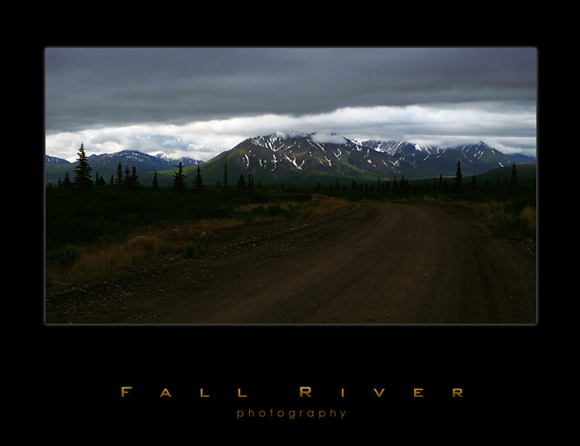
The Denali Highway was completed in 1957 to serve as the access route to the Denali National Park. The route catered to the motorists who arrived from the south via the Alaskan Highway as a straight path route to the Park. The popular automobile tourists of the post WWII era were the target users; however the Alaskan Highway and the Denali Highway were not paved and subject to harsh conditions and made for a demanding trip. In 1972 the famously paved Parks Highway was completed to provide “civilized” motor access to the Park and for this highway Anchorage was the starting point; air travel had changed how people vacationed to the great state.
My what you all are missing…
Denali Highway
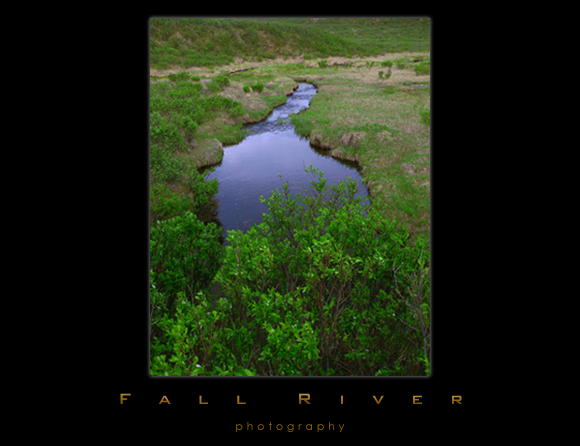
Wow! The Denali Highway is amazing. Between going up the Richardson Highway and traveling the length of the Denali Highway about 3 times we had so much mind boggling scenery it was eye candy overload. Absolutely stunning. I had high expectations due to the rumblings I had heard and I can honestly say all were exceeded. Put it on your list.
Making a Photograph
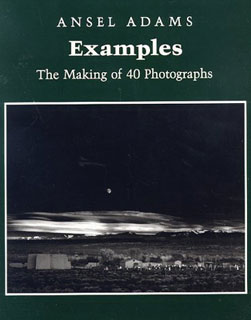
There are two things one can do with a camera; one is to take a picture, two is to make a photograph. Do you want to know how one makes a photograph? See above.
Ansel, of course, made photographs.
Reunion!
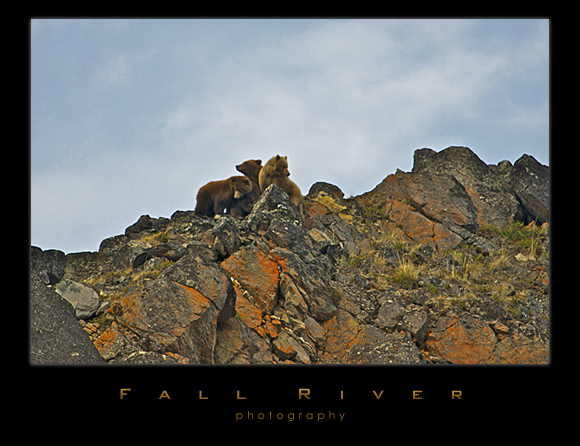
Then the little bear cub spotted her brother! Momma got up and saw him and was visibly relieved. He was more than a half mile away on the side of the next mountain anxiously pacing back and forth. The separation was weighing on them all. The little tike decided to take matters into his own hands and went back across the open valley and up the boulders on the back side of the mountain. Joining up with his sister and Mother meant swinging low on the ridge that the big boar was eyeing them from. We all watched with bated breath as the cub picked his way across the rocks just yards from the male bear who had been sleeping but now was up and calculating his chances. Could he swatch that cub and send it over the cliff and retreat before Momma bear did the same to him?
At last it was over. The cubs and Momma were reunited and the boar was beaten by Momma bear’s preparation, fierceness, and excellent defensive site selection. The big boar laid down again just to make things hard but everyone knew the real danger had passed. Momma could sleep while the cubs watched the old man and then they would move out after he did. No way he was coming up that mountain. It was almost midnight when this photo was taken, what a day.
Looking for Bro
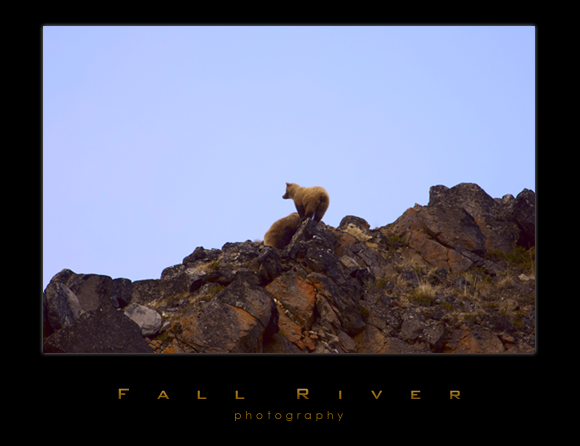
The boar was swinging his massive head as he moved up the mountain saddle toward Momma Bear and the lone remaining cub. Momma Bear had chosen an impeccable defensive position; increasingly steep mountain, loose rock footing and vertical cliff faces as the elevation increased. She backed up the hill as the boar advanced and the cub was extremely anxious. As the mountain ridge reduced to knife edges the boar looked over the side and pushed some rocks to check for footing. No good; if he gets pushed he is going to fall over a hundred feet. He reluctantly turns back down the mountain to the saddle and lies down with a clear view of Momma Bear and baby. He’s going to wait them out.
Momma bear is exhausted from the adrenalin rush of the fight and she is stressed; she cannot find her other cub. The remaining cub is anxiously looking for her brother and his whereabouts are completely unknown. Momma bear cannot risk taking the remaining cub off the mountain top, the boar could catch them and the defensive position she holds is too valuable to the life of her remaining cub. She lies down exhausted; baby bear searches fruitlessly for her brother.
Ursus Horriblious
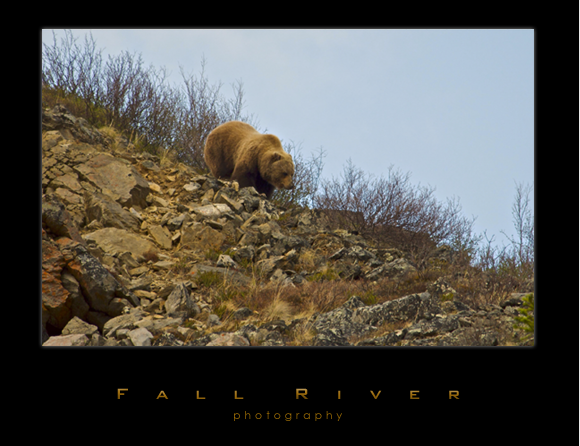
This Bad Boy Boar got within about 20 meters of the sow and cubs while they were grazing and laz’n. They perked up to catch sight of this guy just in time and took off! The boar chased them for about 2 miles up the river and around the bend and up the side of this mountain. Momma turned on the old man about a quarter of the way up and laid into him and had the upper hand as she was on the uphill side. Those cubs were running for their lives! The dark brown cub went up and over the top and kept on running and running while the blonde cub stopped and waited on Momma bear. The sow backed slowly up the hill with the boar swinging his head and menacing his way up the hill in full on attack mode; he wanted that cub. Not good times.
Ursus At Play
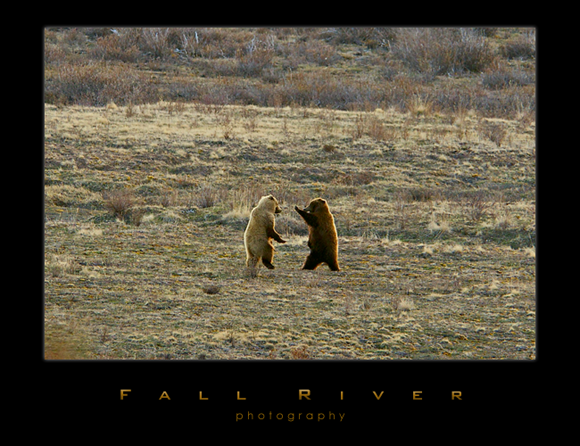
These two cubs duked it out for about two hours one late evening. They wrastled and rolled and bit and chewed enough to make us tired. They were some crazy bears and a ton of fun to watch. Got in a few clicks of course. Momma was over to the right taking a nap so these two squared off to kill some time. Good thing they were in shape too; the nasty business of life as a cub bear was soon to brought to full bore.
